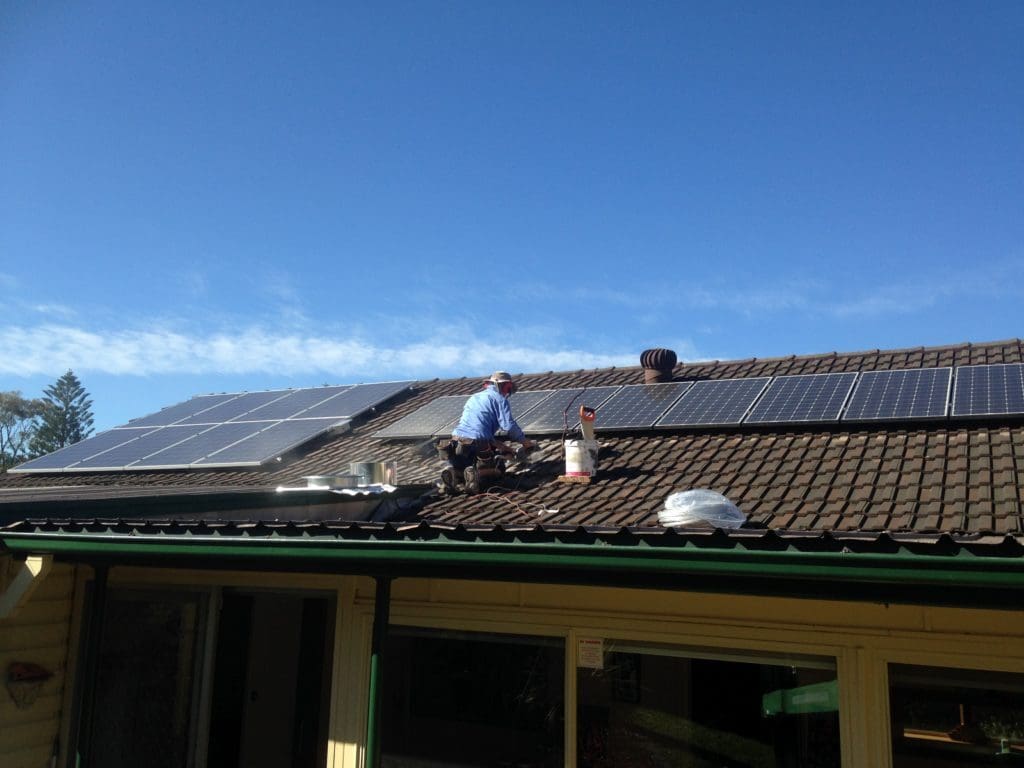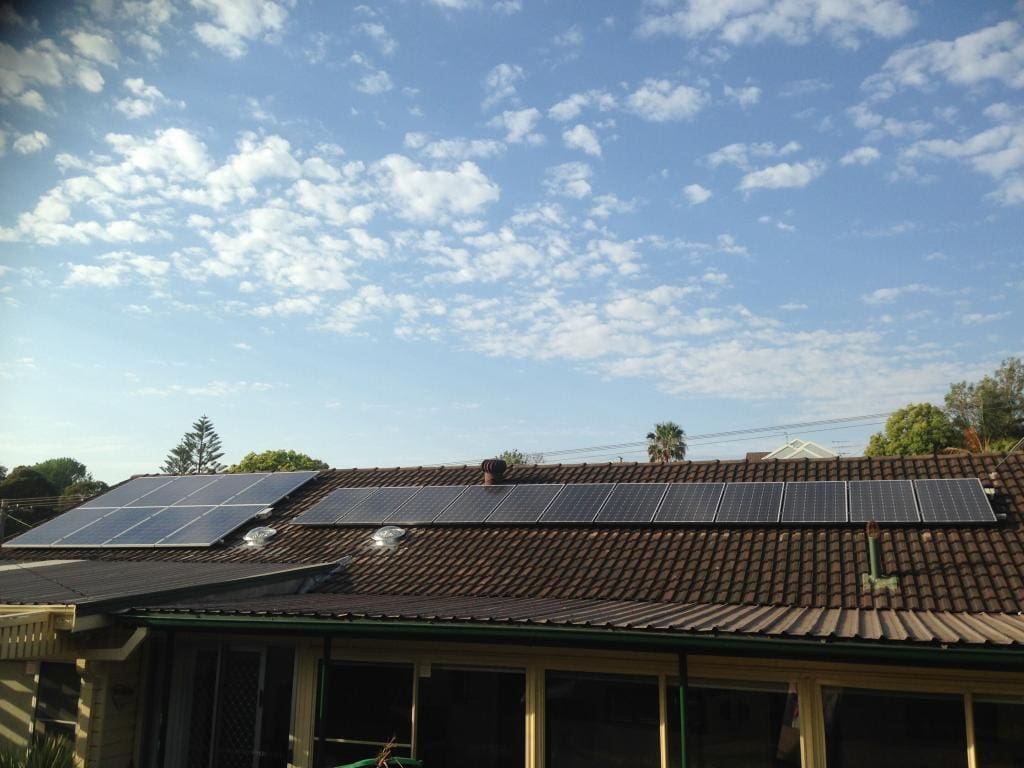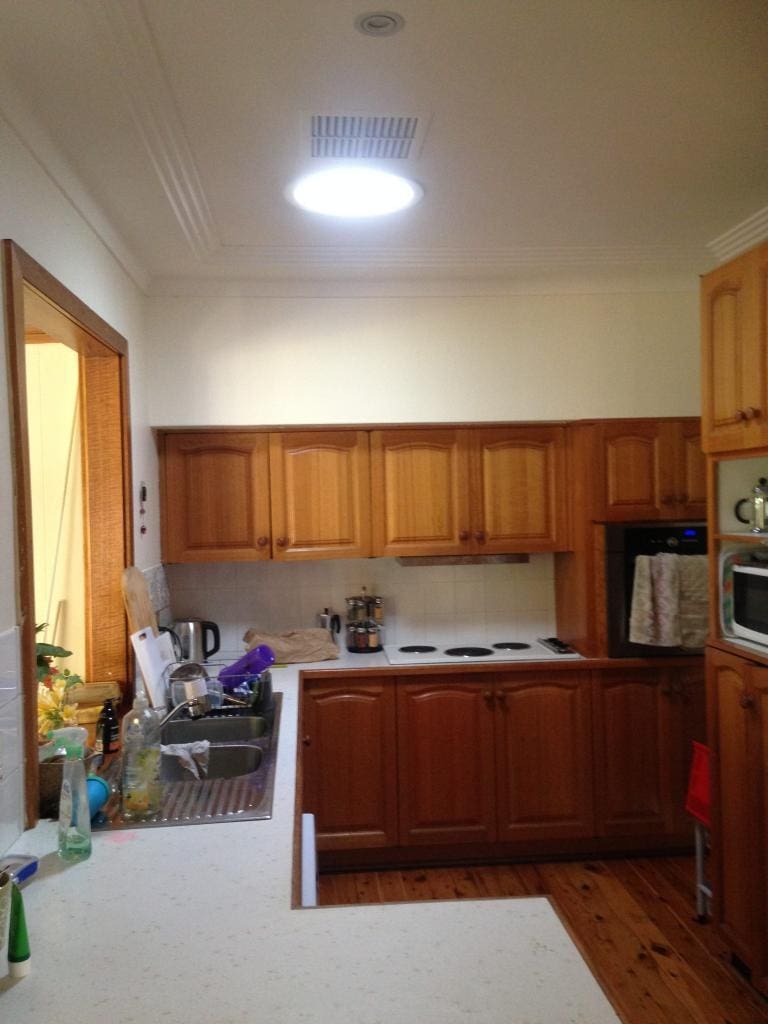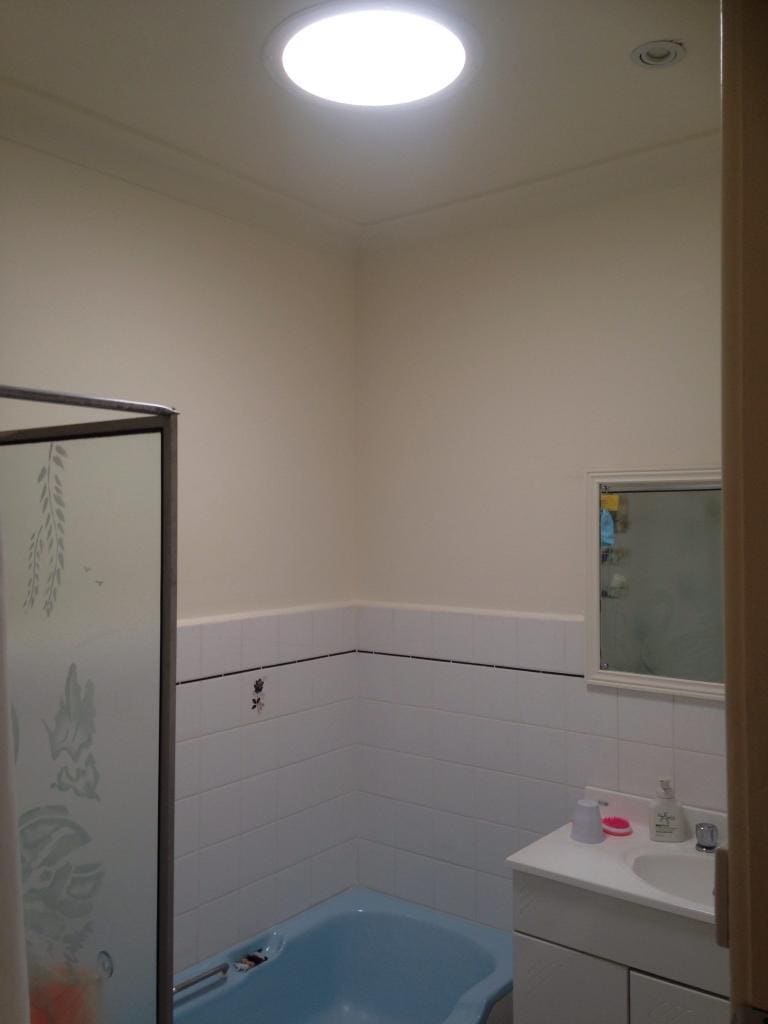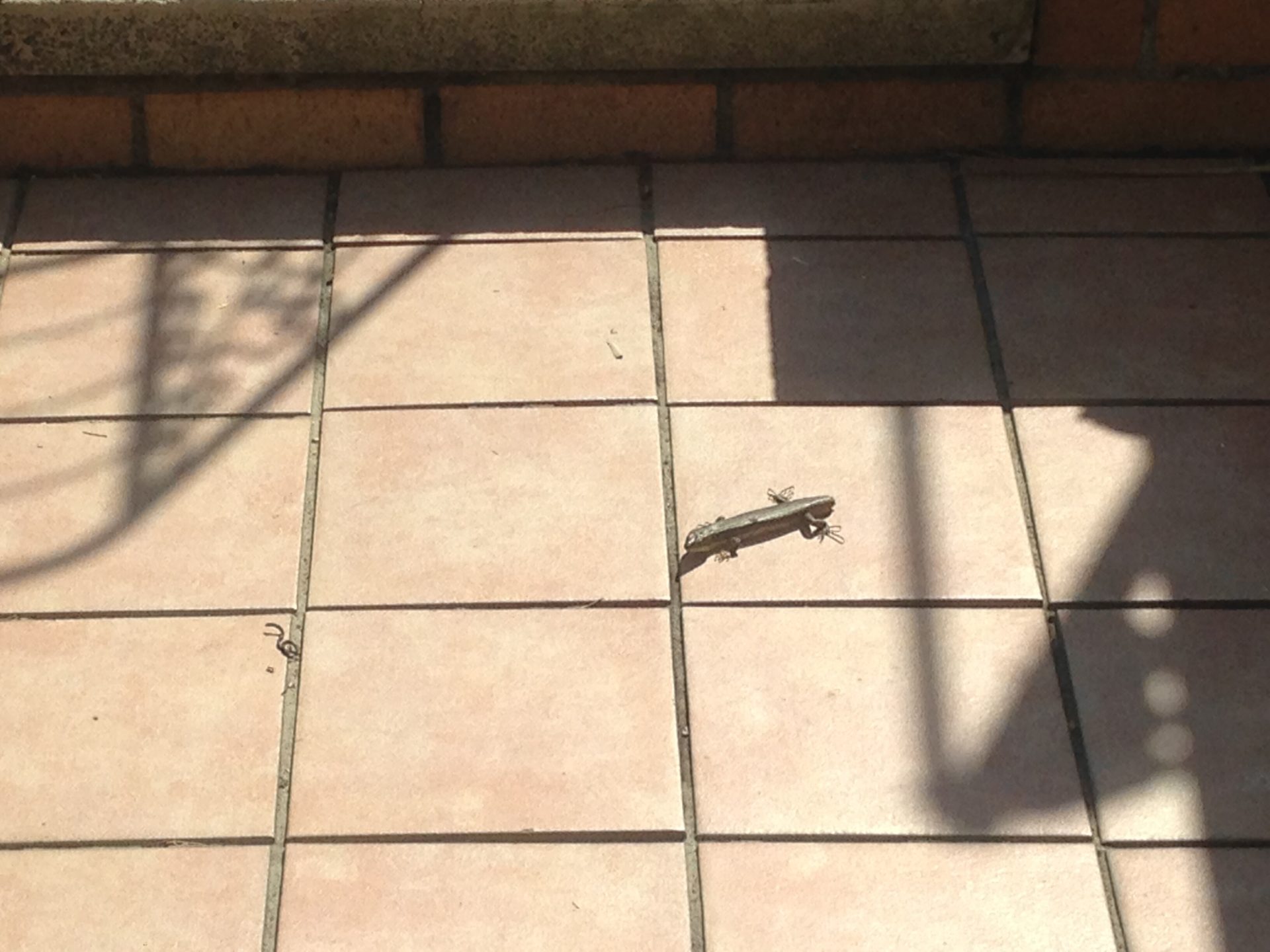As I write this, I am running the dryer for the first time since moving into the house; it’s only the second time we’re had rain (and even, it’s just a sprinkle). It’s interesting to note that at times like this – when it would be handy to have solar power to feed this clunky, power-hungry device – it’s not available in full force due to cloud cover.
This serves as a reminder that there are limits to what you can do with shiftable loads, and that there are plenty of instances where a reduction of energy consumption makes more sense than shifting. I’d rather get a 14c credit in my bill than save 18-40c by running a device that doesn’t need to be on in the first place. And in any case, who doesn’t like sun dried clothes?
Which gets you thinking about how much of our energy consumption is superfluous and non-pragmatic in the first place. Electricity is much more to us than having light to read by and power to cook with – it’s about amenity as well. Take it from my 2 year old, who would never stop switching off and on fans, lights, washing machines dish washers and dryers if we didn’t make him. Such funs!
Compare Solar & Battery Quotes
The upshot of this ‘only what’s necessary’, energy ascetic-style thinking is that it makes calculating payback periods & ROI on a solar PV system complicated and circular: You would ordinarily calculate these figures based on your current electricity usage without considering how you could run your home more efficiently in the first place. The flip side of this is is that you could of course you could also argue that having solar helps to bring awareness and can be a good investment regardless of whether you manage to use the electricity or not. Just the fact of having solar in the first place gives you a platform by which to maximise savings if you choose to do so.
Do I really need that?
Which gets me thinking: I look around my house and see lots of things that could be using less power or be switched off altogether.
- Refrigerator – this was given to us by my father-in-law, for whom fixing old white goods something of a hobby. Judging by the noises it makes, I’m sure it could be running more efficiently.
- Washing machine – bought in a panic after old one (also from father-in-law) started smoking and subsequently began spilling water everywhere.
- A fountain/water feature thing – that probably doesn’t really need to be running at all but which is nice to have (and the subject of endless requests by a certain miniature human who also resides here).
- So many downlights – which probably suck up way more energy than needed. I want to change every bulb in this house to LED, but haven’t got around to it yet.
Let there be skylight
But even before investing in LEDs, we’re already looking at other ways to use sunlight more effectively. Until Tuesday morning, both the kitchen and bathroom in this house were dark, dank caves never blessed with any direct natural light. The lights therein probably aren’t sucking up much power in the grand scheme of things, but aesthetically it made sense to take action by installing skylights. Interestingly, I don’t expect them skylights will ever really ‘pay themselves off’ in energy bill savings – swapping out existing lights for LEDs would surely have cost less. But as with many things to do with energy in the home, that’s not the point.
Skylights being installed. (Reminder to self: Wash dust off solar panels ASAP.)
Skylight installation complete!
The difference in the kitchen is unbelievable. I keep thinking I forgot to switch a light off.
And the bathroom – landlocked in the middle of the house – now sees natural light for the first time since probably the ’60s.
Finding other ways to use the sun
The difference the skylights made was phenomenal, and makes you realise just how much else the sun can do for a home aside from solar electricity. Just a handful of things I’ll be investigating in the future:
- Solar hot water – If you’ve got the roof space, why not dedicate it to a rooftop how water heater, which uses the sun’s rays to directly heat your water? Solar electricity is more versatile, but solar hot water is more fit-to-purpose and efficient.
- Passive solar building design – Take advantage of the sun’s movement throughout the day and the seasons by letting light (and heat) in when you want it and keeping it out when you don’t. Ideally, passive solar design starts from the design phase of your house, but there are small fixes (such as appropriately sized & angled awnings) that can be worked into existing homes.
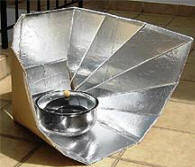 Solar cooking – Believe it or not, you can cook things using the sun in your own back yard or balcony. Solar cookers are pretty easy to build (and/or relatively affordable to buy) and might be a fun way to slow-cook a meal once a week (or fortnight, or month, or year). You can download plans for building solar cookers on SolarCooking.org.
Solar cooking – Believe it or not, you can cook things using the sun in your own back yard or balcony. Solar cookers are pretty easy to build (and/or relatively affordable to buy) and might be a fun way to slow-cook a meal once a week (or fortnight, or month, or year). You can download plans for building solar cookers on SolarCooking.org.- Personal heating – Take it from the lizard in my yard, there’s no better way to warm yourself than with the sun – even if it puts you at risk of having a bird or cat eat your tail (as seems to have happened with this guy).
Join our mailing list to follow along
Get a free, instant solar & battery quote comparison
Compare Solar & Battery Quotes
© 2017 Solar Choice Pty Ltd
- Solar Power Wagga Wagga, NSW – Compare outputs, returns and installers - 13 March, 2025
- Monocrystalline vs Polycrystalline Solar Panels: Busting Myths - 11 November, 2024
- Solar Hot Water System: Everything You Need to Know - 27 February, 2024
